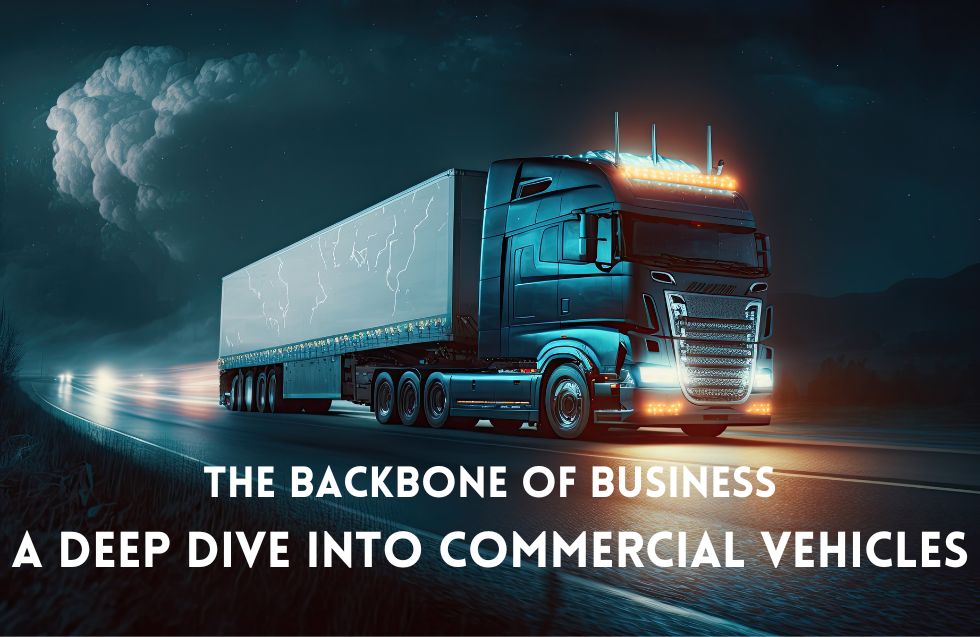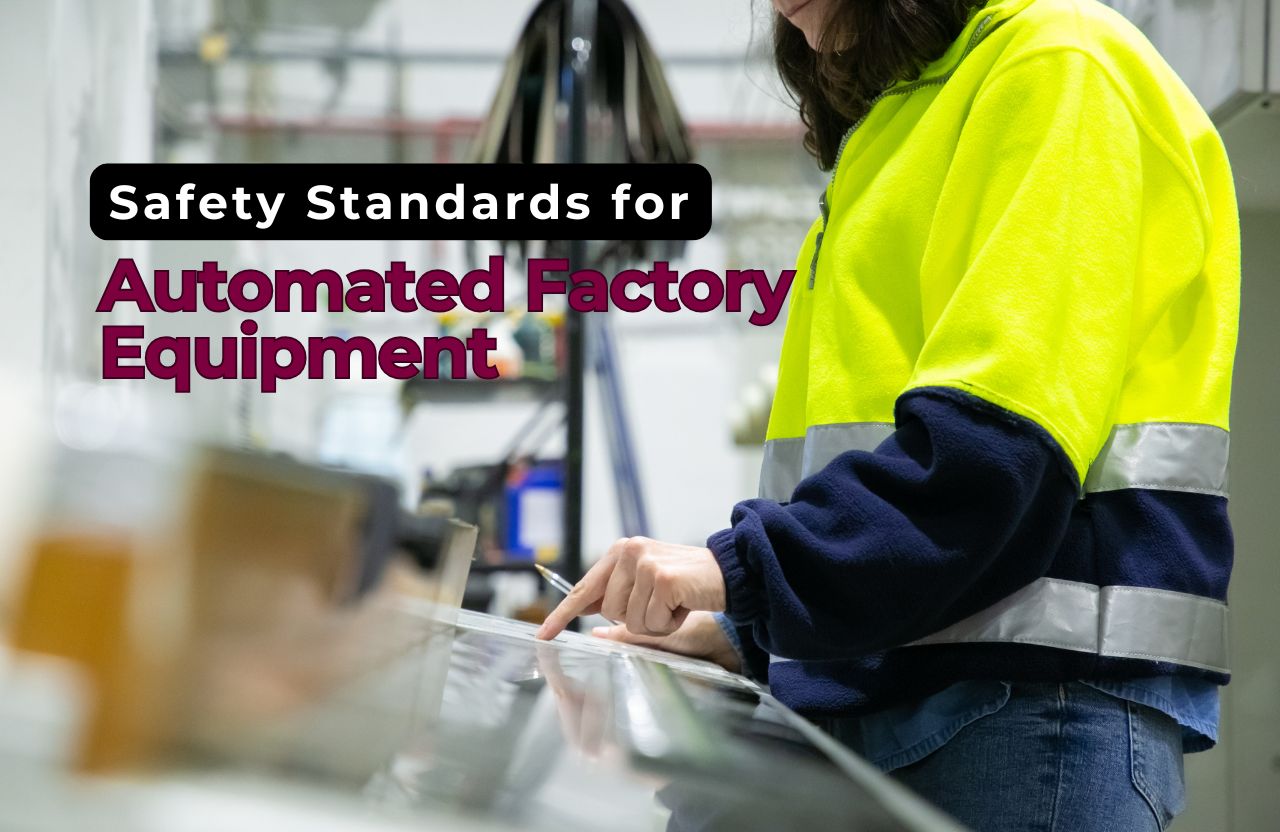Commercial vehicles are extremely important in almost every industrial sector. Whether moving goods and people, building structures, or farming, commercial vehicles power the global economy in one way or another.
It is a type of vehicle used for business and not for self-use or household facilities. It is used to transport goods, people, or specific tools and is vital in making deliveries of goods and services in society.
Types of commercial vehicles
These end-products of the automobile industries are categorized into various types according to their intended uses. Here are some of the most common types:
Small Commercial Vehicles (SCVs) Small Light Commercial Vehicles (SLCVs)
These are generally smaller vehicles; the manufacturer’s gross vehicle weight rating, or GVWR, is not over 3.5 tonnes. LCVs are generally popular for local transportation, distribution, traders, and small businesses. Some famous examples include:
Vans:
- Panel vans: Provide a large, wide-open area for cargo and can be fitted with shelving or racking.
- Crew vans: These are intended for the transportation of persons and goods and may be owned by transport or delivery services.
Pick-up Trucks:
- Regular cab: A normal design with a maximum of three people allowed in the seat.
- Extended cab: The L has seating at the rear in addition to the regular seating, which makes it good for small families or businesses that may require a back seat.
- Crew cab: This type of vehicle provides accommodation for a maximum of six passengers, which is convenient for businesses with many passengers or oversized passengers.
Chassis Cabs:
These vehicles do not have a protected cargo area. Thus, businesses can customize the bodywork or equip the truck.
Medium-Duty Trucks
These vehicles are between LCVs and HDVs, with the GVW usually ranging from 3.5 to 16 tonnes. These are commonly adopted in regional delivery, construction, and the management of waste products. Examples include:
Box Trucks:
Provide a sizeable interior load space that can be used for deliveries or transportation of materials.
Flatbed Trucks:
They have an exposed loading space and a cumbersome structure, which makes them ideal for carrying bulky or awkward loads.
Dump Trucks:
Constructed with hydraulic beds that can be elevated and tilted to spill off their loads, these are primarily advisable in construction and mining businesses.
Heavy-Duty Trucks
These are the big boys of the road with capacities rated over 16 000 kg Gvw there. They are used for transportation over long distances, construction work, and other assignments requiring large machines. Common types include:
Tractor-Trailers:
These vehicles, which consist of a large trailer and a small front portion called the power unit, are used for most interstate freight carriage.
Tanker Trucks:
As the name suggests, they are mainly used for carrying liquid products like fuel, chemicals, or water, and they are available in different sizes and types.
Refrigerated Trucks:
These are also called reefer trucks, and they are special types of trucks whose compartments are refrigerated to transport perishable items like foodstuffs and pharmaceuticals, for example.
Buses
Buses are structures favored for transporting numerous persons on a single trip. They are employed for urban and intercity transport and transporting learners to and from school. Different types of buses include:
Transit Buses:
These buses are primarily suitable for urban and suburban travel and are available in many sizes and designs to suit different routes and passenger-carrying abilities.
School Buses:
All these buses have safety-related characteristics such as light to flash and arm to stop, and they are intended to safely ferry students to and from school.
Coach Buses:
Buses are used for intercity, tourism, and group hire. They have comforts such as sleeping seats, an internet connection, and ablutions on board.
Specialized commercial vehicles
Countless standard commercial vehicle types are mainly grouped into major and minor categories based on their application and basic usage. These include:
Emergency Vehicles:
Every vehicle on the emergency response team is designed for challenging conditions with regard to the safety of both the emergency service personnel and the general public.
Construction Vehicles:
Construction vehicles include excavators, bulldozers, cranes, and forklifts, depending on the model. They are used for various construction processes.
Agricultural Vehicles:
These are useful in cultivation and crop production, crop harvesting, and transporting agricultural produce.
Key Considerations When Choosing a Commercial Vehicle
Choosing the right commercial vehicle is vital so that you do not lose a lot of time, thus affecting your business’s profitability. Here are some key factors to consider:
Purpose and Application:
Find out the general nature of the vehicle, such as whether it is for transportation, delivery, construction, or any other use.
Size and Payload Capacity:
Think about the vehicle’s size and the amount of weight and cube space needed, which is often called the payload rating.
Fuel Efficiency and Environmental Impact:
Select a vehicle with an efficient fuel-consuming engine and low emission to cut costs and create environmental conservation.
Safety Features:
For safety concerns, firstly consider options such as anti-locking brakes, electronic stability control, and driving assistance systems (ADAS) to save the lives of the driver and other road users.
Total Cost of Ownership:
Others are how much it will cost to finance the car and maintain it, including fueling, servicing, and insuring it.
Accessibility and Special Needs:
It is important to consider any accessibility features needed, such as lift gates, ramps, or making a vehicle wheelchair accessible for employees, passengers, or customers.
Maintaining Your Commercial Vehicle
Maintenance is thus crucial to achieving your commercial vehicle’s durability, dependability, and safety. Here are some key aspects of Land Rover commercial vehicle maintenance:
Regular Servicing:
Maintain your car by getting service checks, such as changing the oil, rotating the tires, and checking the condition of the brakes.
Tire Maintenance:
Conduct a set number of frequent checks on tires by inspecting their physical state and possibly their inflation level, treading, and alignment, which is significant in the performance and safety of vehicles.
Brake Inspections:
Disregard the braking apparatus infrequently, checking both the pads or shoes, the rotors, and the hydraulic assemblies to increase stopping power and prevent possible security risks.
Engine Care:
Important routine motor care includes cleaning the air filters, inspecting the coolant, and overseeing the master exhaust to aid in the improvement and well-being of the engine.
Bodywork and Undercarriage:
Ensure that the car’s exterior and under-belly are frequently washed off to ensure it does not incur rust and the car’s life is increased.
Electrical System Checks:
Check the electrical aspects of the car, such as the light, the wiring, and the battery, periodically to ensure that they are in good condition and free from damage.
Choosing the Right Commercial Vehicle Partner
In this regard, selecting partners that will supply commercial vehicles is an important consideration for business. Whether you’re looking to buy, lease, or rent, consider these factors when choosing a commercial vehicle provider:
Reputation and Experience:
Verify from the provider their past performance and that they have a good reputation that gives them credibility in that field.
Vehicle Selection:
Assess whether the provider of the commercial vehicles selects appropriate vehicles, one of which is the appropriate type and model for your business.
Financing Options:
Look at the different financing options available to you, including purchase, lease, and rent-to-own, and then decide on the best method for financing that will suit your budget and requirements.
Aftersales Support:
Try to find a supplier who can provide you with optimum aftersales service and support, which entails regular service, overhauls, and replacement parts for your car, among other things.
Customization Options:
Find out whether arrangements or options such as extra space, equipment, or logo engraving suit the client’s requirements.
Technology and Innovation:
The latest thing best to do is review the provider’s seriousness about technology and innovation because this is where you will likely find the provider well-positioned to meet future industry trends and innovations.
Conclusion
Commercial vehicles are the backbone of modern commerce, vital in transporting goods and people. These vehicles range from small vans to massive trucks, all designed for a purpose. The commercial vehicle industry is currently experiencing a high transformation due to changes in social and technological development and the need for business.












